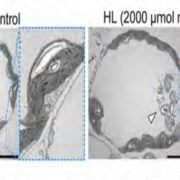
Entire photodamaged chloroplasts are transported to the central vacuole by autophagy
Plant Science Research Weekly, Research0 Comments
/
Autophagy is the process by which macromolecules and organelles are recycled. Previously it was shown that during leaf senescence or energy starvation, chloroplasts are degraded piecemeal by autophagy. In this work, Izumi et al. examined the role of autophagy in UVB damaged chloroplasts, using wild-type…
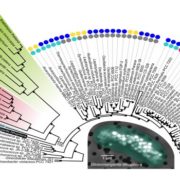
An early-branching freshwater cyanobacterium at the origin of plastids ($)
Plant Science Research Weekly, ResearchPlastids are derived from an ancient endosymbiosis of a cyanobacterium, but which cyanobacteria are plastid’s nearest living relatives? Ponce-Toledo et al. generated an extensive phylogeny comprising numerous cyanobacteria and plastid-bearing eukaryotes (glaucophytes, red algae and green algae). Their…
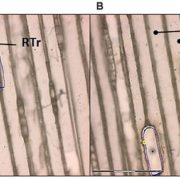
Protocol: Laser capture microdissection for woody tissues
Plant Science Research Weekly, ResearchLaser capture microdissection (LCM) was developed 20 years ago as a way to isolate single cells or clusters of cells for subsequent –omic analysis. In LCM, thin sections are generated, the cells of interest cut out using a focused laser, and the isolated cells collected for subsequent studies. Several…
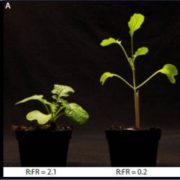
Three Reviews: Phytochrome, shade avoidance and far-red light ($)
Plant Science Research Weekly, ResearchPlant Cell Environ. has a set of reviews on light responses. Ballaré and Pierik (10.1111/pce.12914) review The shade avoidance syndrome: Multiple signals and ecological consequences, Sheerin and Hiltbrunner (10.1111/pce.12915) review the Molecular mechanisms and ecological function of far-red light…
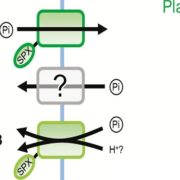
Review: Role of vacuoles in phosphorus storage and remobilization ($)
Plant Science Research Weekly, ResearchPhosphorus (P) is a non-renewable soil nutrient essential for plant growth. The vacuole serves as a crucial dynamic store of P that helps maintain cytosolic homeostasis. Yang et al. review vacuolar P stores, comparing P storage species and membrane proteins in yeast, algae and plants. In yeast, polyphosphate…
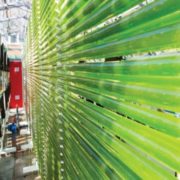
Review: Cyanobacterial metabolites as a source of sunscreens and moisturizers
Plant Science Research Weekly, ResearchThe cosmetic industry uses a lot of different chemicals to produce the seven or so skin care products used by the average American every day. Efforts are underway to develop renewable sources for some of these. Derikvand et al. review the chemistry and potential applications behind compounds used by…

